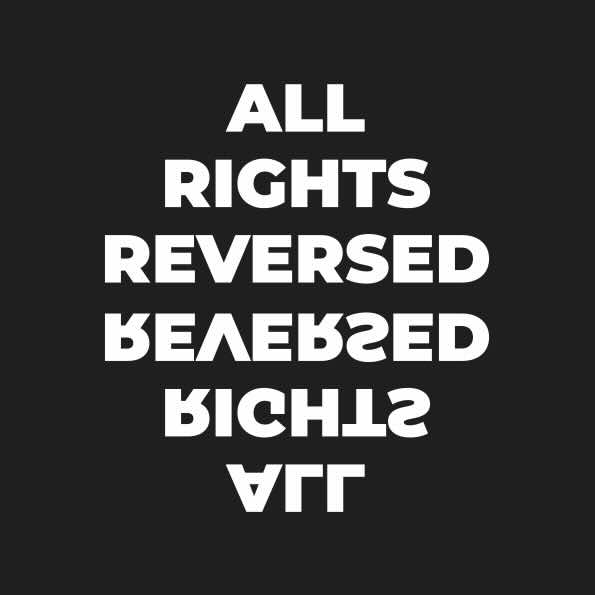
In an autocracy — fear, political repression, and state violence coexist with ordinary life, often hidden or overshadowed by daily routines but forming a terrifying backdrop. These elements frequently go unnoticed until they touch someone personally, yet they loom over everyone, with no certainty about when they might intrude into one's life. When that happens, escaping the repressive state within the confines of private life becomes impossible. In the familiar urban landscape of Moscow, it may seem (or might have seemed) that war, the arrests of activists and journalists, and police violence, are elements from another world, not fitting into the picture of a convenient modern city. However, even in this masked reality, rows of barricades and barriers in streets and parks inadvertently remind you of the place you are in, remind you of suppressed protests and political arrests.
This piece reflects on how, in an authoritarian state, "ordinary" private life and state violence are intertwined, highlighting their inseparability even when attempts are made to escape reality. The neon color of the acrylic board evokes the bright yellow-green vests of journalists with the word "PRESS" at protest actions, where not only the protesters themselves but also those covering the events are detained. The closed newspaper kiosk symbolizes both the pressure on independent media and censorship. The acrylic board, as a material, resembles reflective signs used in the city to warn of danger or regulate traffic, which, in addition to creating a well-ordered space, also serve as means of control and restriction. The scratched drawing on the boards is associated with vandalism and property damage as a form of protest. The image is read in the negative, through white lines, but the full picture becomes visible under bright directed light — along with the shadow cast by the board.


Our Partners







